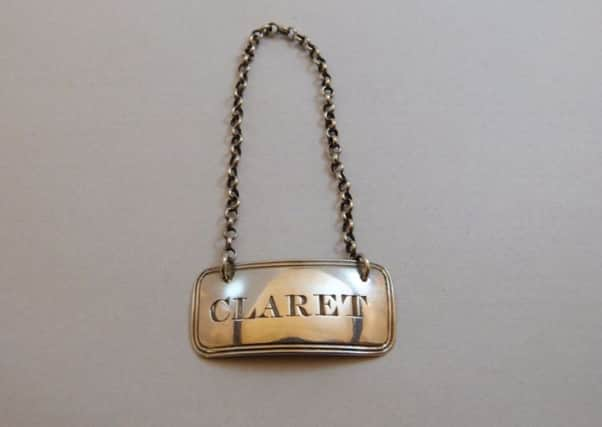Antiques Column: And thus wine labels were born


The most popular design was to suspend the labels from the neck of the bottle or decanter using a chain, but rings were also used and some labels were fixed to the cork or stopper.
Most early labels were made from sheet silver.
However, the finest ones were fashioned by the process of casting and were heavier and thicker than the simple sheet silver ones.
Advertisement
Hide AdAdvertisement
Hide AdThe titles (e.g. Madeira, Port, etc.) were also created in various ways, from simple engravings or piercing to the rarest examples where the title was cast along with the body of the label.
The value of most labels is often contained within the title, with popular beverages like Claret and Sherry being more common and thus less desirable and Champagne and Whiskey fetching more for their rarity.
It can generally be said that the style of the different labels mirrors the prevailing style of the time in which they were produced.
Hence there are more neo-classical examples of urns and scrolls in the second half of the 18th century while the more common and simple designs in oblongs and ovals were produced in vast quantities in the 19th century.
By the middle of the 19th century a new law forced all vintners to stick labels to their bottles before sale and so the fashion for wine labels faded.